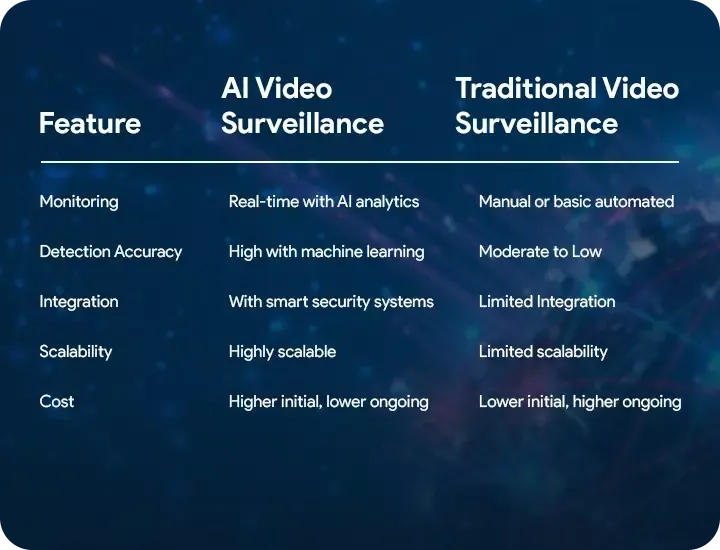
AI-Powered Security: Advanced Features for Enhanced Protection
In an era dominated by digital advancements, the integration of artificial intelligence (AI) in security measures has revolutionized the landscape. AI-enhanced security features bring a new level of sophistication, providing robust protection against evolving threats. Let’s delve into the key aspects of this technological evolution.
Harnessing AI for Threat Detection
AI’s ability to analyze vast amounts of data in real-time is a game-changer in threat detection. Advanced algorithms can identify patterns indicative of potential security breaches, enabling swift responses to mitigate risks. This proactive approach significantly enhances the security posture of any system.
Adaptive Authentication and Biometrics
Traditional authentication methods are prone to vulnerabilities, but AI introduces adaptive authentication. Systems learn and adapt to user behaviors, recognizing anomalies and triggering additional verification when necessary. Biometric authentication, powered by AI, adds an extra layer of security, utilizing unique biological features for user identification.
Predictive Analysis for Vulnerability Management
AI excels in predictive analysis, aiding in the identification of potential vulnerabilities before they can be exploited. By analyzing historical data and patterns, security systems can proactively address weaknesses, preventing breaches and ensuring a more resilient defense against cyber threats.
Autonomous Threat Response
AI-driven security features empower systems to respond autonomously to certain threats. Automated responses can be triggered based on predefined rules, allowing for rapid containment of incidents. This reduces the response time, limiting the impact of security breaches and providing a more dynamic defense mechanism.
Enhanced Network Monitoring and Anomaly Detection
AI’s ability to continuously monitor network traffic enables the identification of unusual patterns and behaviors. Anomaly detection algorithms can pinpoint potential security risks, including insider threats and malicious activities. This real-time monitoring contributes to a more adaptive and responsive security infrastructure.
Behavioral Analysis for Insider Threat Detection
Insider threats pose a significant risk to organizations. AI conducts behavioral analysis, scrutinizing user activities and identifying deviations from normal behavior. This helps in early detection of potential insider threats, preventing data breaches and unauthorized access to sensitive information.
AI in Endpoint Security
Endpoints, such as individual devices, are common targets for cyber attacks. AI-enhanced endpoint security goes beyond traditional antivirus measures. Machine learning algorithms can detect and respond to new and evolving threats, offering a more comprehensive and dynamic defense for every connected device.
Proactive Phishing Detection
Phishing attacks continue to be a prevalent threat, but AI can enhance detection capabilities. By analyzing email content, user behavior, and network patterns, AI systems can identify and block phishing attempts in real-time. This proactive approach is crucial in preventing users from falling victim to deceptive tactics.
Continuous Learning and Adaptation
One of the key strengths of AI is its ability to continuously learn and adapt. Security systems powered by AI evolve with the threat landscape, staying ahead of emerging risks. This adaptability ensures that security measures remain effective and resilient in the face of ever-changing cybersecurity challenges.
In the fast-paced world of cybersecurity, AI-enhanced security features are indispensable. They bring not only advanced technological capabilities but also a proactive and adaptive approach to protecting sensitive information. To explore more about the role of AI in enhancing security, visit AI-enhanced security features for comprehensive insights.
